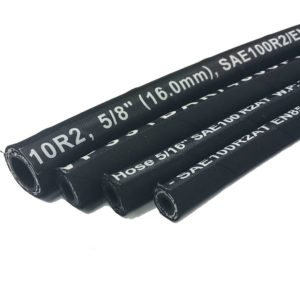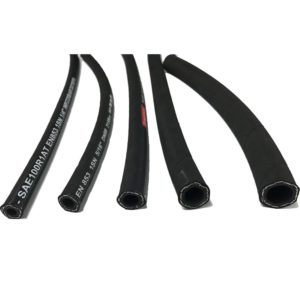Hydraulic systems transform power from one form to another. This process is accomplished by using a closed liquid as a medium. The science of transmitting force or transmitting motion through closed liquid treatment is called “hydraulics”. The term hydraulics is derived from the Greek word “hydros”, which means water. Hydraulic science is a young science – only a few hundred years old. It began with the principle of hydraulic lever transmission found by a man named Bryce Pascal. This principle was later called Pascal’s law. Although Pascal made this discovery, it was another person named Jose Bram who made the hydraulics practical for the first time in his hydraulic press made in 1795. The liquid used as a medium in this hydraulic press is water.

After the First World War (1914-1918), hydraulic transmissions were widely used, especially after 1920, and developed more rapidly. Hydraulic components began to enter the formal industrial production phase in the late 20th and early 20th centuries. In 1925, F. Vikers invented the pressure-balanced vane pump, which laid the foundation for the gradual establishment of the modern hydraulic component industry or hydraulic transmission. At the beginning of the 20th century, G. Constantimsco conducted theoretical and practical research on the transmission of energy fluctuations; in 1910, he contributed to hydraulic transmissions (hydraulic couplings, torque converters, etc.). Bringing these two areas to development

During the Second World War (1941-1945), 30% of the US machine tools used hydraulic transmissions. It should be noted that the development of hydraulic transmissions in Japan has been more than 20 years late in Europe and the United States. Around 1955, Japan rapidly developed hydraulic transmissions. And in 1956 the “Hydraulic Industry Association” was established. In the past 20 to 30 years, Japan’s hydraulic transmission has developed rapidly and is in the leading position in the world. Hydraulic transmission has many outstanding advantages. so it is widely used, such as general industrial plastic processing machinery, pressure machinery, machine tools, etc. construction machinery, construction machinery, agricultural machinery, automobiles, etc. in mobile machinery; Metallurgical machinery, lifting devices, roll adjusting devices, etc.; flood gates and dam devices for civil engineering and water conservancy projects, river bed lifting devices, bridge operating mechanisms, etc.; power plant turbine speed control devices, nuclear power plants, etc.; deck cranes for ships (winch), bow door, bulkhead valve, stern thruster, etc.; giant antenna control device for special technology, measuring buoy, lifting and rotating stage, etc.; artillery control device for military industry, ship anti-rolling device, aircraft simulation, Retractable devices and rudder control devices for aircraft landing gear.
